Clean rice from Vinh Lam (Vinh Linh district) has a beautiful appearance and a QR code for people to easily trace its origin - Photo: TT
Electronic traceability is an effective solution that helps consumers easily check detailed information about products, from production, harvesting, processing to distribution. With just one QR code scan, all information about the product's history, including plant varieties, livestock, care processes, use of pesticides (if any), harvest date and quality certification are clearly displayed. This solution helps build stronger trust from buyers in agricultural products.
The application of electronic traceability also supports management agencies and enterprises to strictly control the entire supply chain. Any errors or problems in the production process can be traced back, thereby taking timely corrective measures to ensure the quality of output products. Cooperatives and agricultural production enterprises equipped with traceability systems have a competitive advantage, attracting more partners and customers.
In recent times, the province has actively integrated traceability stamp support into key agricultural extension models. In 2020 and 2021, the province supported 10 hectares of safe watermelon production models using plastic tarpaulins on summer-autumn rice fields; and a biosafety pig farming model in an organic direction, with product consumption linkages with a scale of 342 pigs.
In the field of agricultural, forestry and fishery processing, there are 279 establishments operating in the province, of which 70 have applied the traceability system. Notably, most OCOP products have been equipped with traceability, affirming the commitment to quality and information transparency.
In the forestry sector, the Forest Protection Department has inspected and traced the origin of 1,368,000 tons of wood of various types originating from planted forests, ensuring the legality and sustainability of raw materials. In the fisheries sector, in 2024, the monitoring ratio of aquatic product output exploited through ports compared to aquatic product output in the province is about 9,563/27,470 tons, reaching 34.81%.
The province has been actively supporting businesses, production and trading establishments in building and applying the traceability system. Up to now, the whole province has been granted 1 packaging facility code and 37 growing area codes (MSVT) with a scale of nearly 2,880 hectares, of which 11 MSVT serve export and 26 domestic MSVT.
In order to support communes to meet the advanced and model new rural standards in 2024, the province has supported 9 agricultural production and processing establishments to apply digital transformation to trace the origin of key products, each establishment received 16,000 QR Code stamps for traceability. At the same time, 3 other establishments were also supported to set up records to trace the origin of key products associated with the construction of raw material areas and were certified with VietGAP or equivalent. In particular, Truong Son Medicinal Herbs Cooperative (Cam Lo district) was supported with Facefarm traceability software to help promote and introduce the cooperative's OCOP products, creating great trust from customers.
Despite the positive results, the standardization and promotion of electronic traceability applications in the province still face many difficulties. The biggest obstacle in the application of traceability is the need for regular personnel to deploy data updates. However, cooperatives, enterprises, and production facilities often do not have specialized personnel to deploy the software, and people are not familiar with data entry technology on computers and phones, making it difficult to apply in actual production activities.
In order for electronic traceability to truly maximize its effectiveness, standardization of processes is essential. Accordingly, it is necessary to continue reviewing and supplementing specific regulations and guidelines on the application and management of electronic traceability systems. At the same time, preferential policies and financial and technical support should be developed to encourage businesses, cooperatives and farmers to boldly invest in and apply this technology.
Promoting investment in technology infrastructure and human resource training is also a key factor. Upgrading digital infrastructure and ensuring stable internet connection in rural areas is extremely important. At the same time, it is necessary to strengthen training programs and in-depth training on skills in applying traceability technology for managers, businesses and directly farmers.
Continue to promote communication campaigns on the benefits of electronic traceability, helping consumers understand the value of transparent products. At the same time, encourage businesses to proactively disclose information and build brands based on quality and clear origin.
Thanh Truc
Source: https://baoquangtri.vn/chuan-hoa-truy-xuat-nguon-goc-dien-tu-de-nang-tam-nong-san-194670.htm


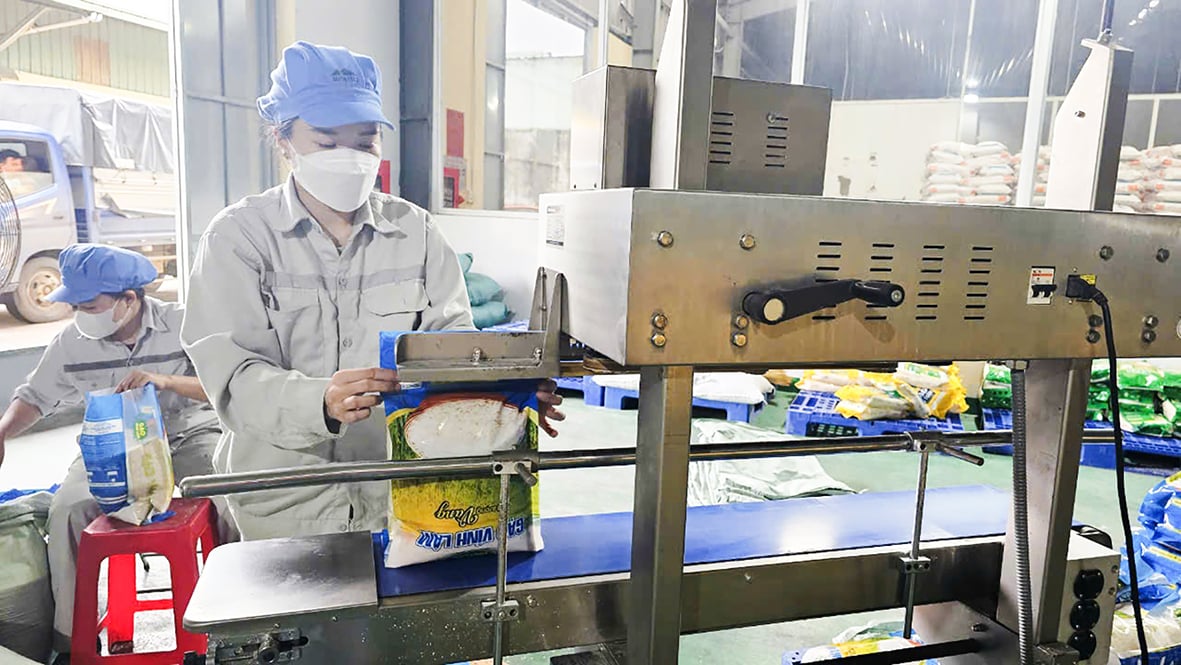
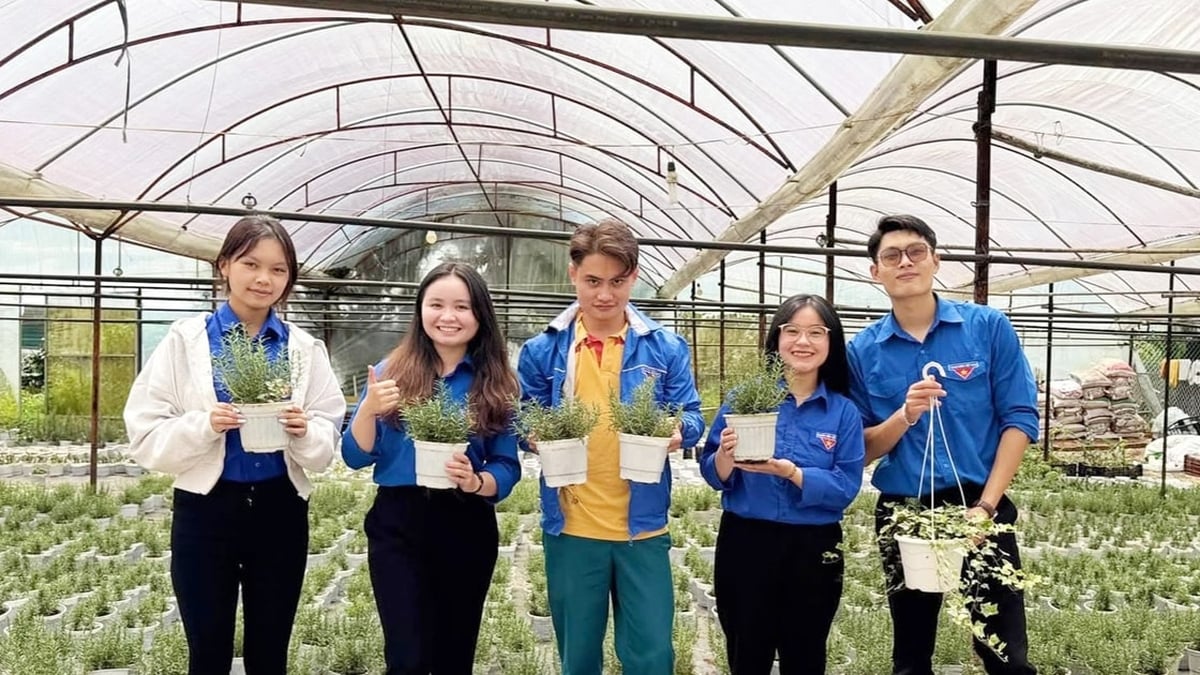
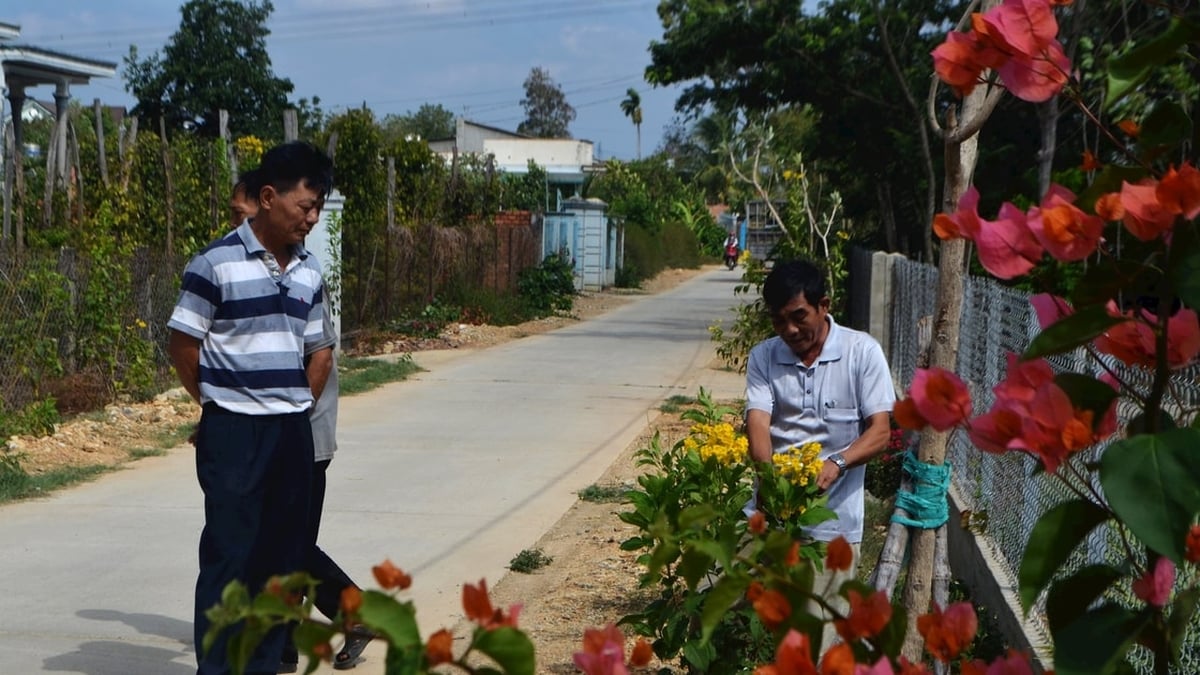






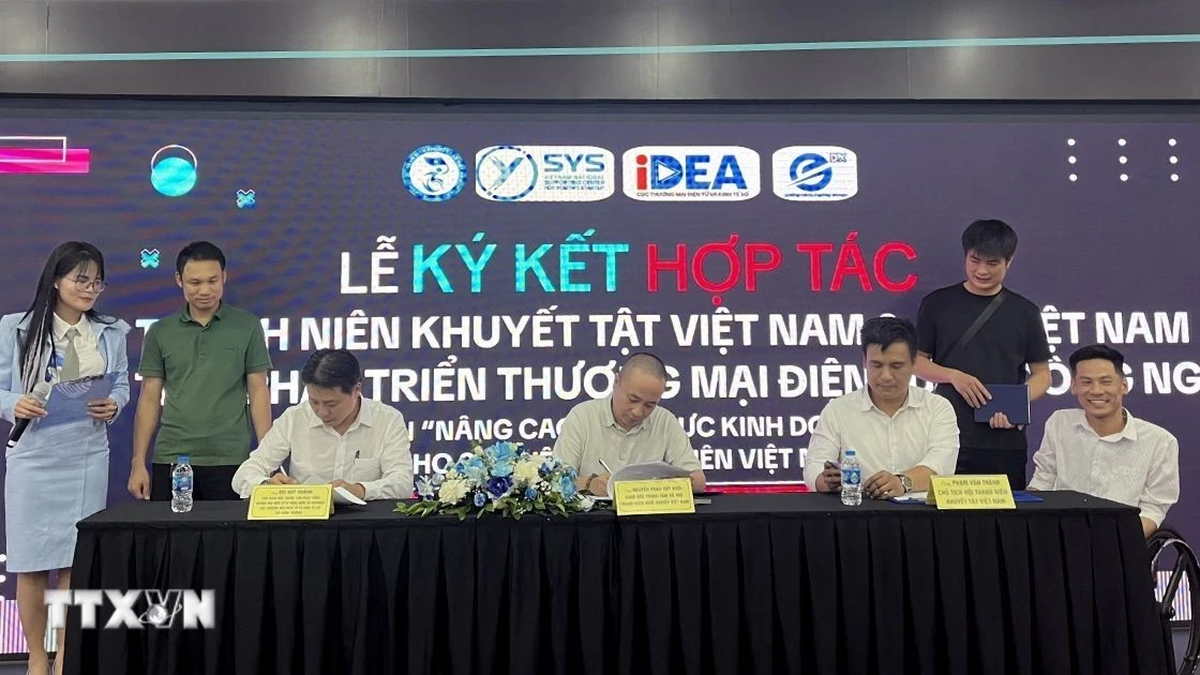











![[Photo] Gia Lai provincial leaders offer flowers at Uncle Ho's Monument with the ethnic groups of the Central Highlands](https://vphoto.vietnam.vn/thumb/1200x675/vietnam/resource/IMAGE/2025/7/9/196438801da24b3cb6158d0501984818)
































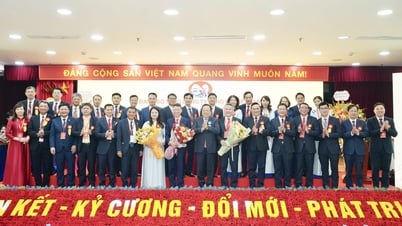



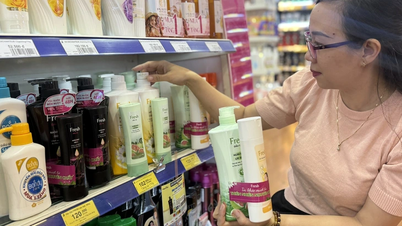











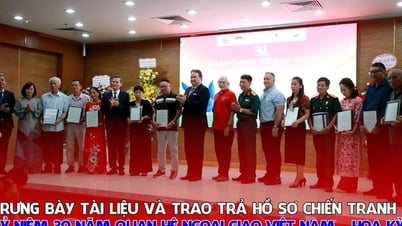



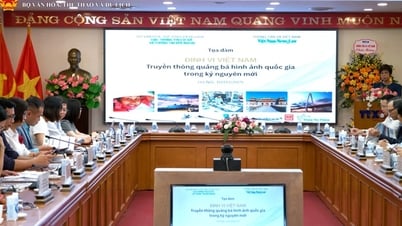









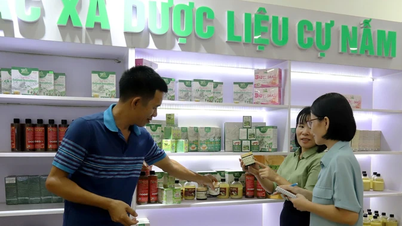
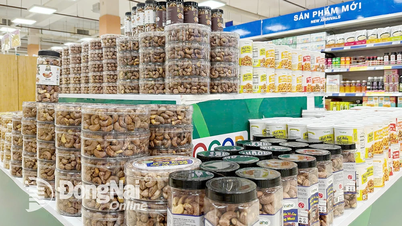

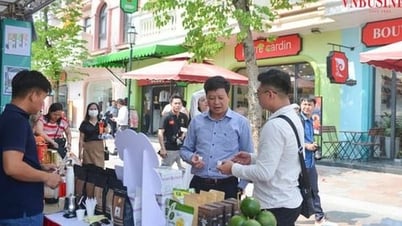

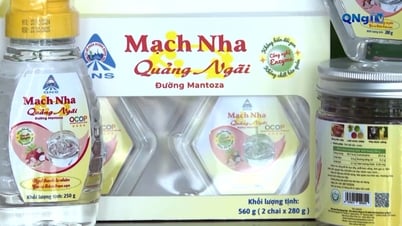








Comment (0)